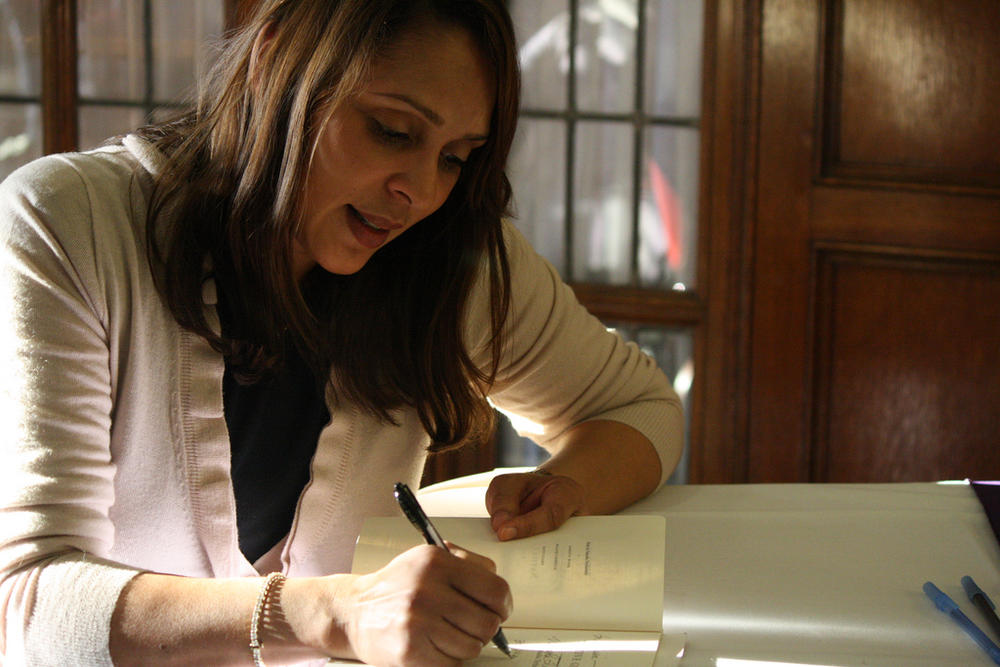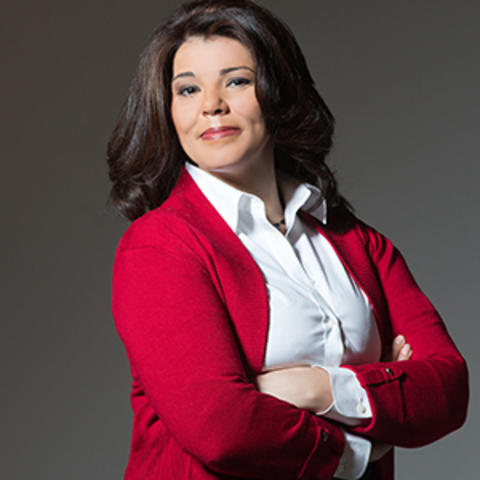Section Branding
Header Content
Natasha Trethewey: 'We Have Seen'
Primary Content
Just over 53 years ago, a bomb exploded at the Sixteenth Street Baptist Church in Birmingham, Alabama. The predominately African-American congregation was preparing for Sunday service.
Four girls -- Addie Mae Collins, Denise McNair, Carole Robertson and Cynthia Wesley -- were killed. Many other people were hurt.
The bombing served as the inspiration for Pulitzer Prize-winning poet Natasha Trethewey's poem, "We Have Seen." The former U.S. Poet Laureate is director of Emory University's creative writing program.
The poem is published in the new issue of Smithsonian Magazine devoted to the National Museum of African American History and Culture.
We Have Seen: View from the window of the Sixteenth Street Baptist Church, September 15, 1963
Because they must have wanted the symbol
of their gospel visible to all, not only
to those inside the sanctuary, and perhaps
to show that the savior watches over them
both in and out of church, the congregation
chose the painting, not on canvas, but
stained glass: Christ the Good Shepherd
in a window facing east. In the aftermath
you could have seen, from a hole in the window,
what a photographer captured: a sign
on the building across the street, the word
"Liberty," its brutal irony in 1963, or
the dark windows two stories above
the shattered body of a car, the street
strewn with debris, the slick helmets of police
catching the sun -- how it all seems
crowded together, a flat perspective.
In the short depth of field, everything
is compressed into the ruined tableau.
If you could look beyond it –
the palimpsest of wreckage -- you might see
what should have been: a street scene
in which the parked fire truck is moving
through the grainy light, headed elsewhere;
the few onlookers, framed in the windows,
leaning out as if only to catch a breath
of air; the men on the street below them
going about the business of the day as if
it were any other; and in the middle ground,
a man raising a camera to capture
something we might have never had reason
to see. Instead his lens must find
the wounded church, the mangled remains
of windows, the twisted armatures –
rosettes dangling from each gnarled grasp. And,
as if to remind us of the angels, how
they might walk, unknown, among us,
as if to remind us of the martyred girls --
like Addie Mae Collins, her face no longer a face
her sister could recognize -- Jesus
too, the window, his body left nearly intact
but faceless, after the blast


